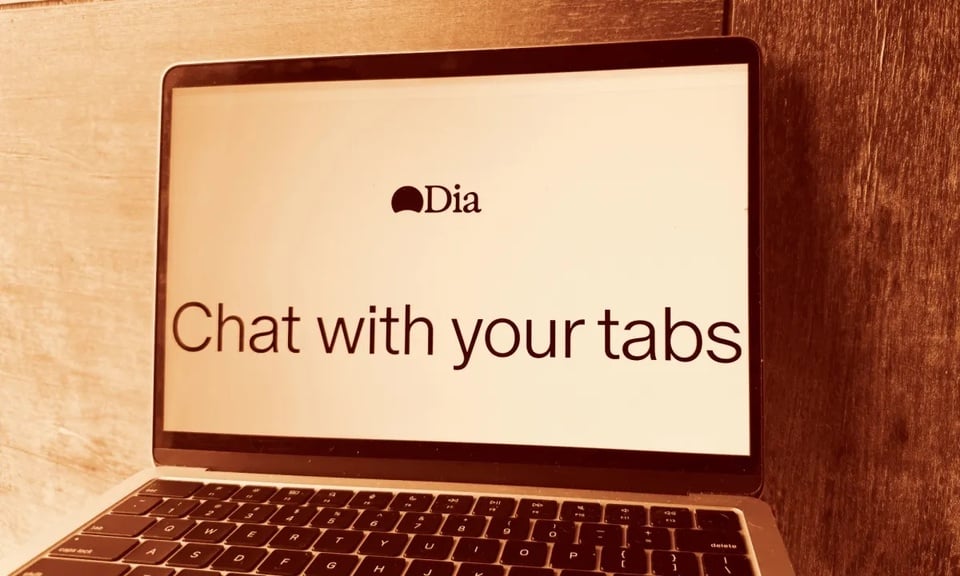 |
AI-powered browsers could usher in a new future for the web browsing experience. Photo: Digital Trends . |
Browsers have essentially remained unchanged for decades. When you open a program, whether it’s Chrome, Safari, or Firefox, you type in an address and get the corresponding web page content. But early experiments with AI-powered web browsing point to a new future.
Experience differently
Recently, New York Times reporter Brian X. Chen tried Dia, a new browser from the New York startup Browser Company. What makes this app special is that it uses generative AI, the technology behind popular chatbots like ChatGPT and Gemini, to create a different experience for users.
Dia shows that web browsers can do more than just load web pages, even helping users learn and save time.
In a week of use, Dia gave Brian X. Chen the feeling of “surfing the web in a new way.” In just a few seconds, the browser can provide a text summary of a 20-minute video , saving users the time to watch the whole thing.
While viewing an article, the browser generates a list of other related articles for further insight. The author even asked the browser's built-in chatbot to help proofread a piece of text.
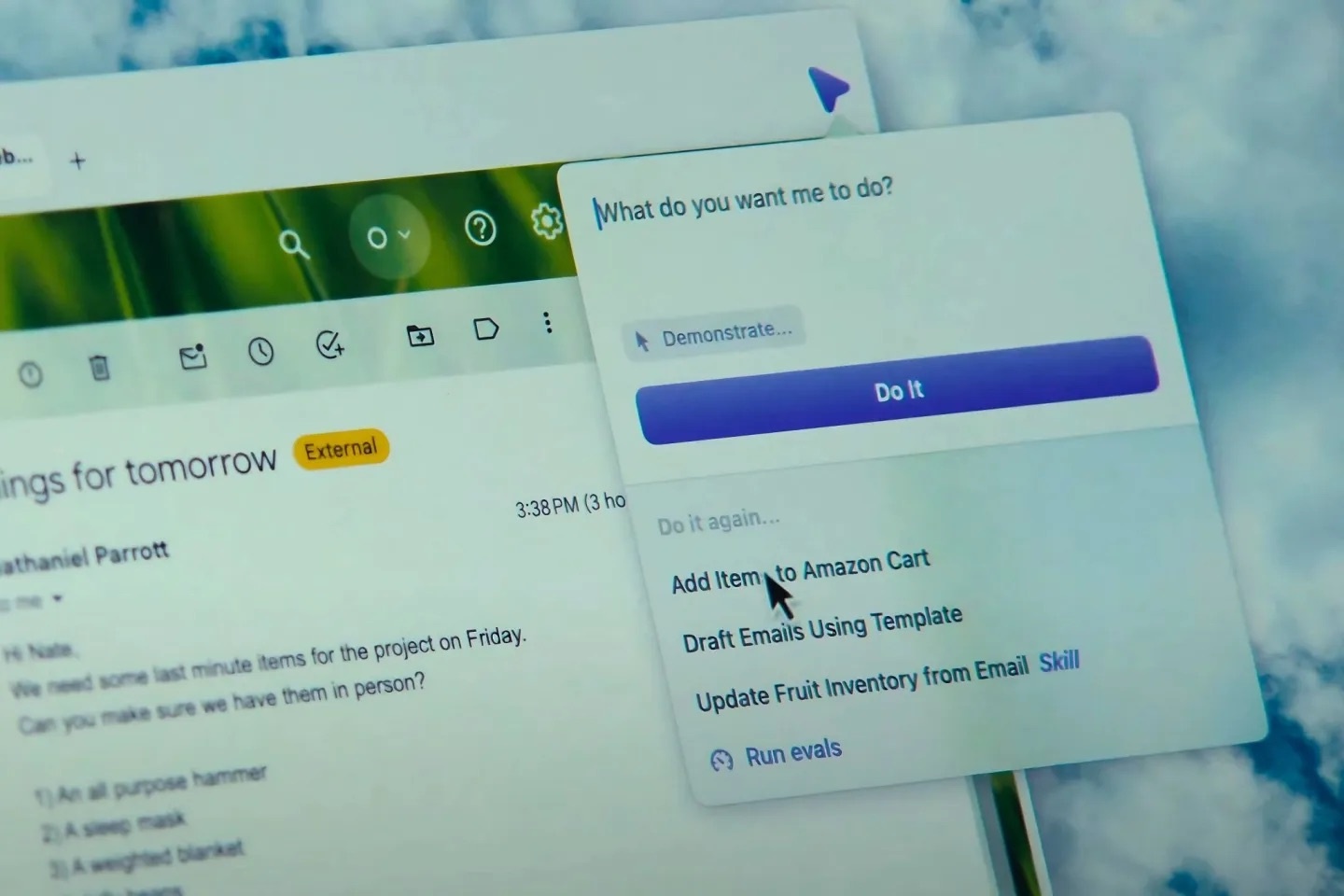 |
Dia browser interface. Photo: Browser Company. |
Dia is on the cusp of a new era of AI-powered internet browsers.
Last week, Perplexity announced an AI web browser called Comet. Several leaks have suggested that OpenAI, the company behind ChatGPT, is also planning to release a browser this year.
Tech giants like Google and Apple have also begun adding AI features to their existing browsers, including tools for proofreading text and automatically summarizing articles.
The difference of AI browser
Like other web browsers, Dia is an application that allows users to view websites. What makes it unique is that the browser seamlessly integrates an AI chatbot to provide assistance without leaving the website.
Pressing the shortcut in Dia will open a small window that runs parallel to the website. Here, users can type questions related to the content they are reading or the video they are watching, and the chatbot will respond.
This is different from using chatbots like ChatGPT, Gemini, and Claude, which require opening a separate tab or app, pasting content into the chatbot to evaluate and answer questions, which interrupts the workflow or experience with the website.
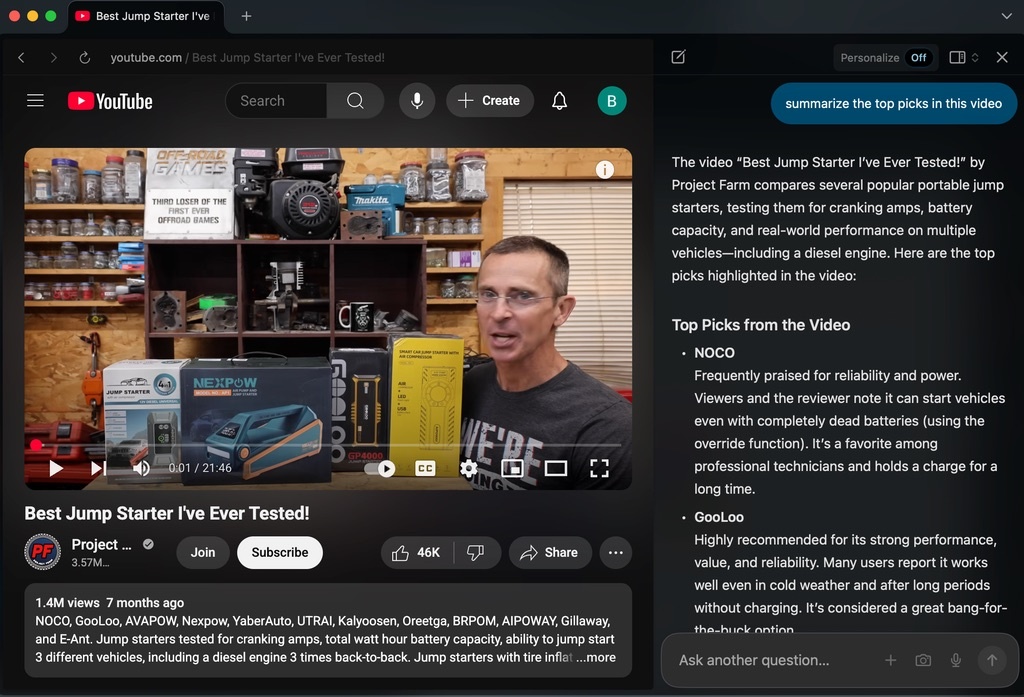 |
Dia supports video content summaries right in the web browser interface. Photo: New York Times. |
AI chatbots generate responses using large language models, systems that use complex statistics to predict content. Each chatbot model has its own strengths and weaknesses.
Browser Company of New York announced partnerships with several companies to use its AI models, including those behind Gemini, ChatGPT, and Claude. When users type in a question, Dia analyzes it and provides the most appropriate AI model with an answer.
For example, Claude Sonnet specializes in computer programming. So if a user has a question about programming content, the browser will pull the answer from that model. If there is a question about writing, the Dia browser can generate an answer using the model that OpenAI uses for ChatGPT, which is famous for its language processing capabilities.
Problems with AI browsers
While Dia proved useful in most tests, like all generative AI tools, it was also inaccurate at times.
While browsing the Wirecutter , the New York Times ’ product review-driven publication, Brian X. Chen asked the chatbot if there were any water filter deals on the site. The chatbot replied no, even as he was reading about a discounted water filtration system.
According to Josh Miller, CEO of Browser Company, browsers draw answers from many different AI models, so the responses are subject to the same errors as chatbots, sometimes giving misleading or even fabricated information.
Additionally, asking for AI help from the browser means sharing browsing data with whatever AI model is used to answer the question, which raises privacy concerns.
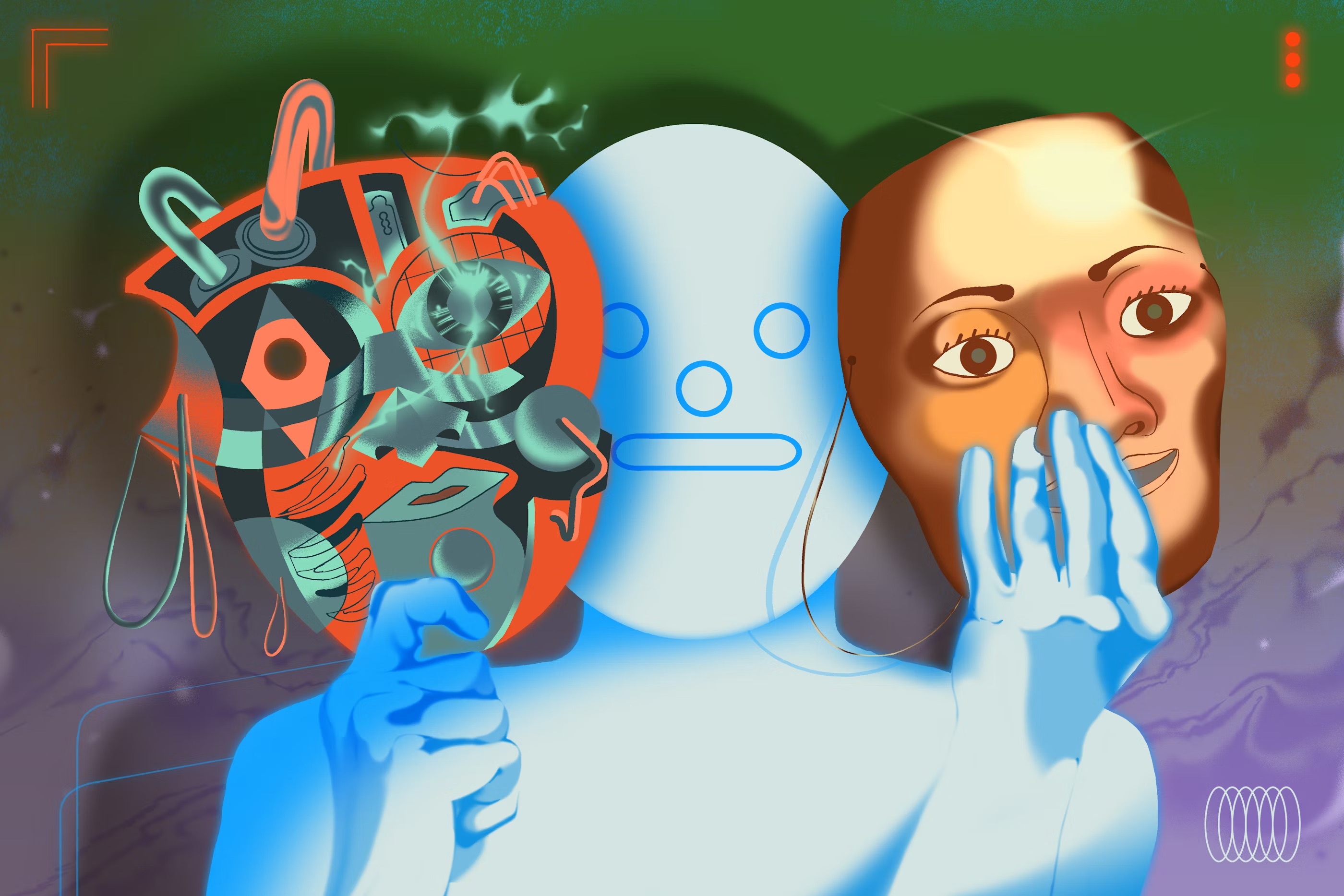 |
AI browsers also suffer from similar problems to AI chatbots, such as "hallucinations". Photo: Newrepublic. |
Browser Company says only necessary data related to user requests is shared with partners that provide AI models and that they have separate contracts to process the data.
However, privacy experts have long warned against sharing any sensitive information, such as documents containing trade secrets, with AI chatbots, so Dia should only be used to help with innocuous web browsing activities, such as parsing YouTube videos.
Cost is also a concern with AI browsers. Dia, like other browsers, is currently free, but running AI models is often expensive. Users of AI browsers will eventually have to pay.
In the near future, Dia will introduce subscription plans that cost anywhere from $5 to hundreds of dollars per month, depending on how often users ask questions of the AI bot. The browser will remain free for people who only use the AI tool a few times a week.
Therefore, whether AI browsers become the next web browser will largely depend on how much users want to use and pay for these services.
So far, only 3% of people who use AI on a daily basis are paying users, according to a survey by venture capital firm Menlo Ventures . That number could grow as generative AI becomes a more useful tool in everyday life.
Source: https://znews.vn/day-la-tuong-lai-cua-trinh-duyet-post1568392.html



![[Infographics] - Some new regulations on disciplinary action against officials and civil servants](https://vphoto.vietnam.vn/thumb/1200x675/vietnam/resource/IMAGE/2025/7/14/4a2ea9dce8ec43e2847b72421bc0e06a)

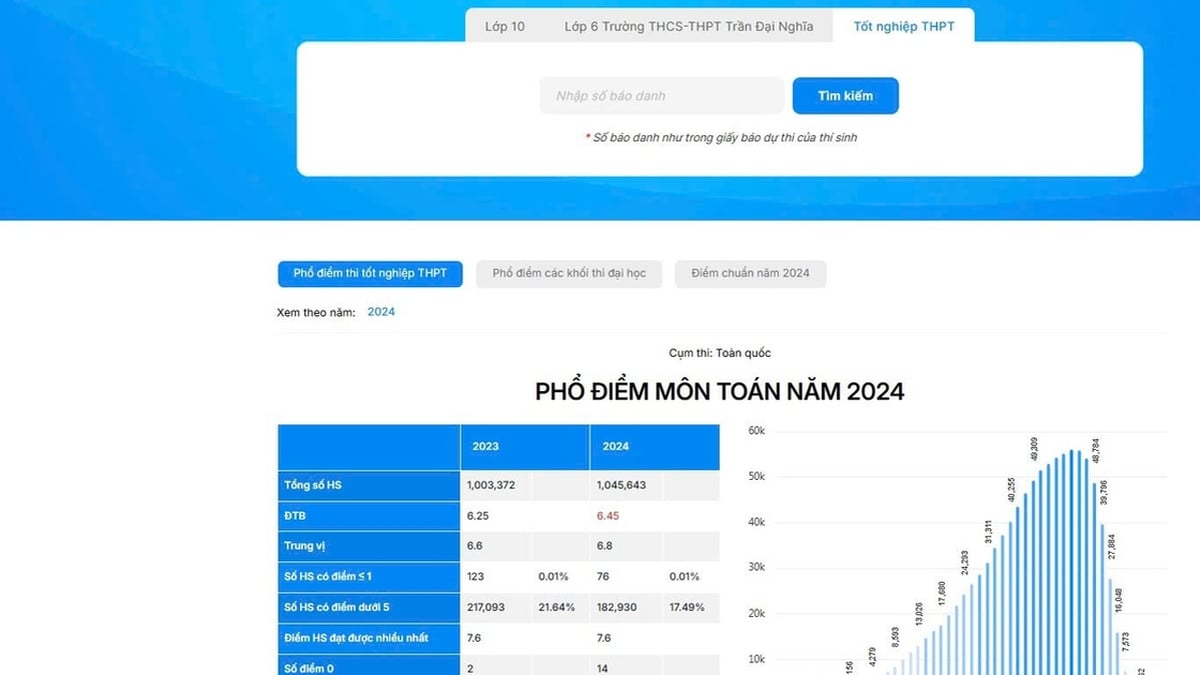































































































Comment (0)